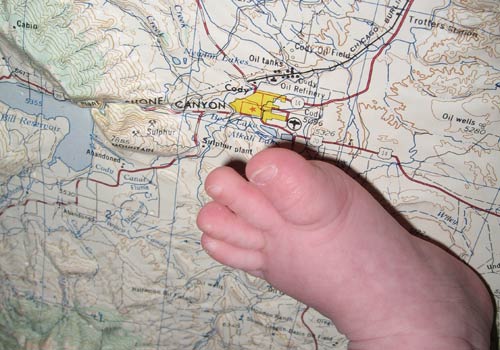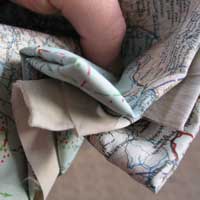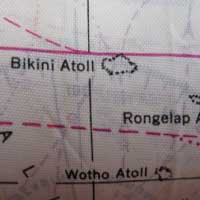Yesterday I attended a talk on U of O’s upcoming Atlas of Yellowstone. It’s still in the early development and fund-gathering stages, but if it’s as lovely as their Atlas of Oregon, I’ll want to get a copy. The atlas is made from the compiled work of students, faculty, park representatives and data from a variety of sources. Some of the data is a proxy when the “perfect” data source isn’t available, and some is directly from the individual subject area experts form the Park Service.
One of the things I’m most impressed by with the the atlases is the consistency of color and style used in all the maps, charts and data. The consistency is great – but the color ramps, gradients, etc. are all so delicious that it’s hard not to blatantly “borrow” them.
Additionally, the Infographics lab also showed their beta of the new campus map. I wonder how difficult it would be to create a comparable tool for PSU. Especially one that didn’t require the various commercial software titles. It’s hard to beat the flash interface though. Vectors > Raster.


